The goal the project was to develop a novel structure of switched reluctance machine for safety critical applications that is able to pursuit continuous operation even in the case of fault occurrence. Also, the novelty was highlighted by the modular building of the machine, allowing its repair in case of fault by replacing only the damaged coil (module), each coil being wound around one stator module representing its magnetic circuit.
For the particular structure, a particular design breviary was necessary. Hence, for about one year I was involved in creating the new particular mathematical model for designing the special structure. Further on, it needed to be validated firstly using finite element analysis (FEA) based on using CEDRAT Flux 2D software, coupled with Matlab Simulink for accomplishing also the control of the machine.
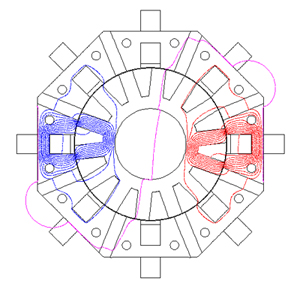
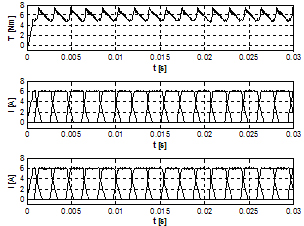
The structure was successfully validated simulations wise and the results reached our expectations.
A second simulation program was created in Matlab Simulink environment, based on results fetched from the FEA analysis, taking advantage of the Look Up Tables of the torque and flux variations versus the current and rotor position of the machine.
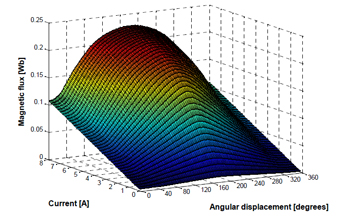
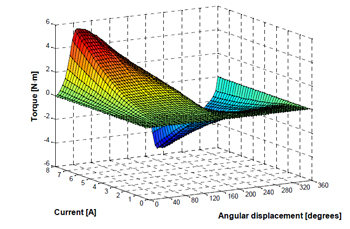
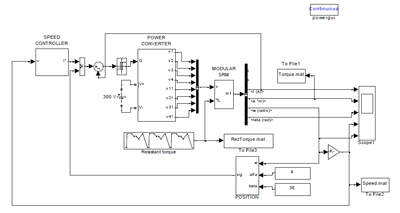
The next step was to build the machine and this was accomplished by a local company specialized in mechanical machining.
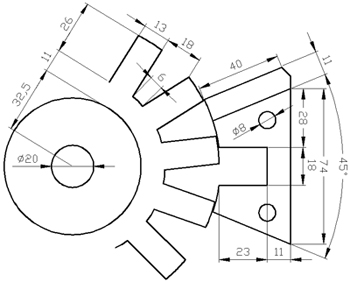

The machine was built using custom made punch for cutting the laminations and a custom made housing of aluminum to hold the entire structure. The coils were wound manually and each two diametrically opposed coil formed one phase.
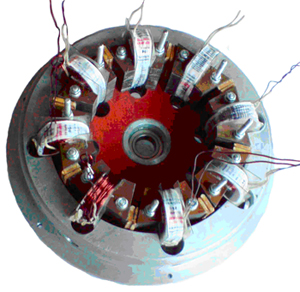
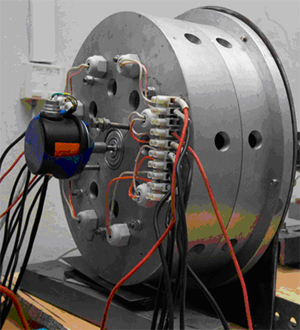
The test bench for testing the machine was compound of the modular SRM, an induction machine as load, a torque transducer, an electronic power converter used for feeding the machine. The control of the machine was accomplished by using an 1104 dSPACE card.
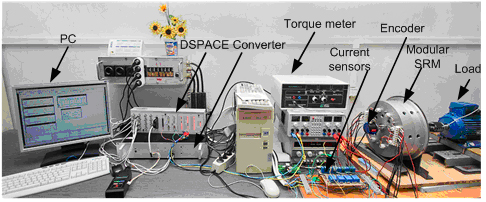
The results of the practical measurements validated those obtained in FEA based simulations, certifying that the design breviary, the advanced simulation models and the laboratory prototype of the machine were done correctly.

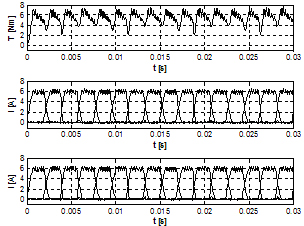
The structure of the machine was patented (see section patents) and is considered now to be an original idea.
For more details regarding this study, feel free to contact me or to check my journal and conference publications.